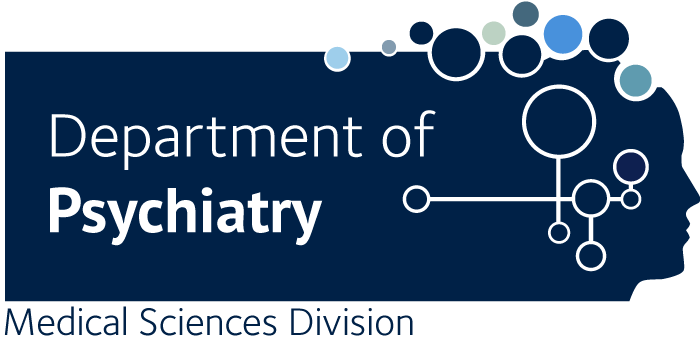High-fidelity transmission of auditory symbolic material is associated with reduced right-left neuroanatomical asymmetry between primary auditory regions.
Lumaca M., Bonetti L., Brattico E., Baggio G., Ravignani A., Vuust P.
The intergenerational stability of auditory symbolic systems, such as music, is thought to rely on brain processes that allow the faithful transmission of complex sounds. Little is known about the functional and structural aspects of the human brain which support this ability, with a few studies pointing to the bilateral organization of auditory networks as a putative neural substrate. Here, we further tested this hypothesis by examining the role of left-right neuroanatomical asymmetries between auditory cortices. We collected neuroanatomical images from a large sample of participants (nonmusicians) and analyzed them with Freesurfer's surface-based morphometry method. Weeks after scanning, the same individuals participated in a laboratory experiment that simulated music transmission: the signaling games. We found that high accuracy in the intergenerational transmission of an artificial tone system was associated with reduced rightward asymmetry of cortical thickness in Heschl's sulcus. Our study suggests that the high-fidelity copying of melodic material may rely on the extent to which computational neuronal resources are distributed across hemispheres. Our data further support the role of interhemispheric brain organization in the cultural transmission and evolution of auditory symbolic systems.

